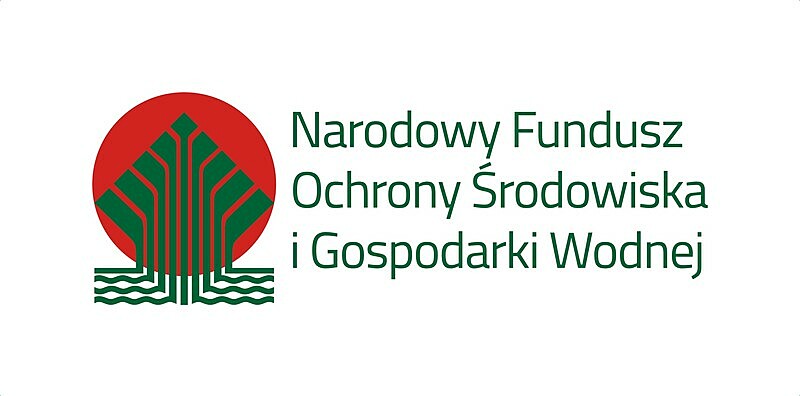National Fund for Environmental Protection and Water Management

We are implementing a project co-financed by the National Fund for Environmental Protection and Water Management under the priority programme no 5.11.1 ‘Interdisciplinary SOKÓŁ - Implementation of Innovative Environmental Technologies’.
Project title: Application of artificial intelligence (AI) methods in combination with the Internet-of-Things (IOT) concept to measure and control energy management in buildings.
The product to be developed as a result of this work aims not only to offer automation of energy management in a building, which is now quite commonly offered by the world's leading companies, but also (or primarily) to apply neural networks to learn and predict how a building is used. If it is possible to effectively learn by means of neural network how the building is used (working hours, characteristics of light and heat sources, thermal insulation characteristics of walls, etc.), then it is possible to consider developing the system in the direction of autonomous operation – without the participation of a human/administrator (although not excluding the overriding administrative function of a human).
When analysing the potential of the project in relation to the current situation on the home automation market, one should first of all notice a reverse trend in the approach to building automation and intelligent building installations. Both on the domestic market (Fibaro, Zamel ExtaFree, BleBox) and the international market (Sorel, Danfoss, Schneider) we can observe a dynamic development of fittings implementing the loT idea in relation to the ease of controlling devices via computer and smartphone. Regularly appearing new products usually assume the possibility of working in the cloud computing and access from the level of a mobile application. However, each of these systems – regardless of the technical communication and interface solutions – is designed for easier human control.
The project's innovativeness is essentially based on the observation that a truly intelligent interface is one that can select the maximum number of parameter functions independently. This allows the human to intervene in the software and take control only when the situation demands it. In addition, even in products available on the market or presented at trade fairs as development versions, there are no devices allowing easy integration into a complete system of a large range of devices from different suppliers and operating in different media (e.g. CeBIT trade fair, Hannover 2015 was held under the banner of Internet of Things and there was probably not a single exhibitor there who would bet on protocol openness and interoperability, everyone built their own closed ecosystems controlling a narrow group of devices from one manufacturer).
The current state of the art is expressed by controllers with timed, manual or Internet-based settings, but with human intervention. The market lacks autonomous solutions that check the presence of the user and adapt to him/her.
The aim of the project is to implement an innovative environmental technology aiming, for example, to reduce the impact of plants / installations / devices on the environment and to use or produce technologies that are part of one of the areas of the National Intelligent Specialisation (National Intelligent Specialisation area 8: Intelligent and energy-efficient construction).
The project consists of 5 stages:
- The performance of the analytical capabilities of the central platform comparing consumption and the degree of optimisation of energy management in buildings
- The length and effectiveness of the learning phase for the artificial intelligence of the building controller
- The ability to monitor and control the factors influencing energy intensity and ecology of installations
- Change of the approach of the mostly used limited and unreliable sensors and their replacement by a microprocessor that will monitor several parameters and, on this basis, estimate the probability and extent of use of a room
- Production of a short series of prototype devices for testing the system, preparation of configurations and methods for evaluating their correct operation in the places of installation for the planned installations of the product prototype.
The environmental effect due to the adopted proposed solution will be determined by the reduction of the energy demand of the building thanks to the replacement of one continuous setting specified for a given hour (e.g. night/day mode) with variable values to be applied to our system. The environmental effect will be measured by:
- reduction in electricity consumption; for lighting in relation to a reference building;
- reduction in energy consumption for heating and ventilation; according to the average energy consumption of the building according to the applicable technical conditions, compared to a reference building;
- decrease in CO2 emissions – indirectly, due to the effect of reducing electricity and heat consumption.
Project value: PLN 647,653.00
Grant amount: PLN 518,122.00
Amount of co-financing: 80.00%
